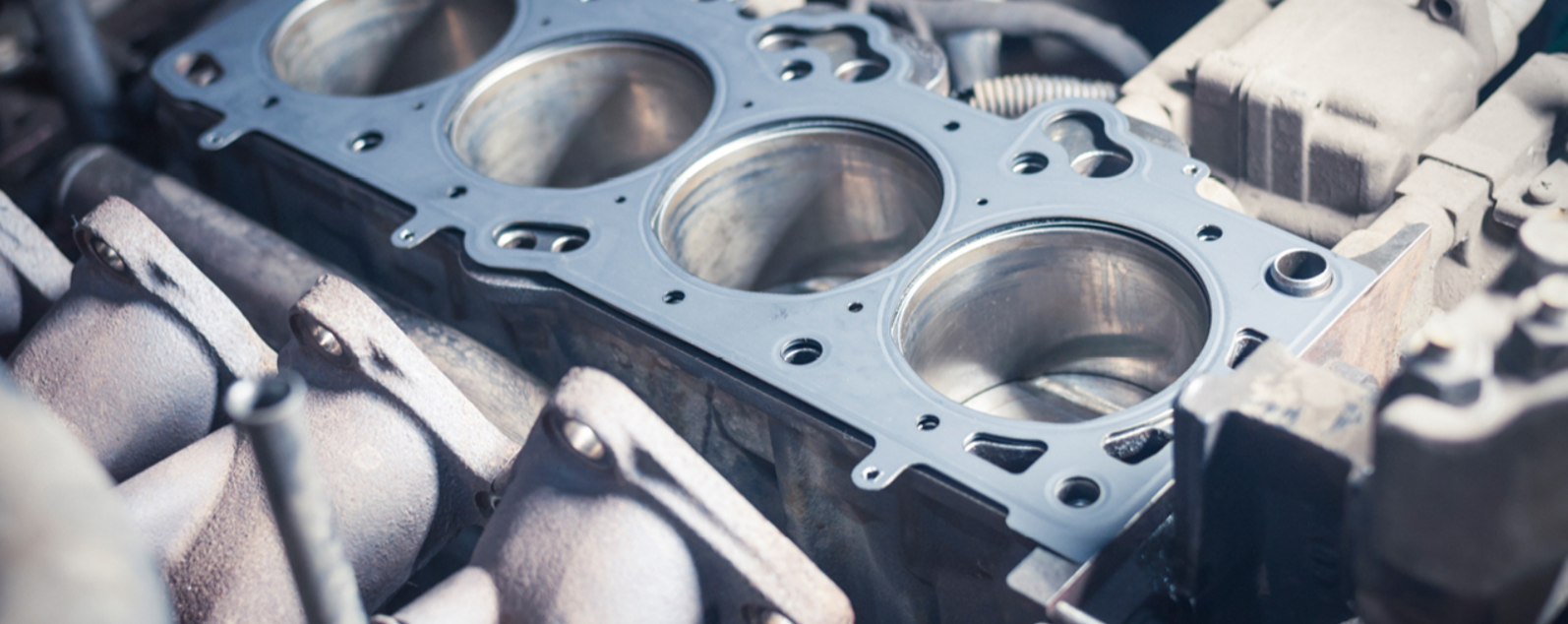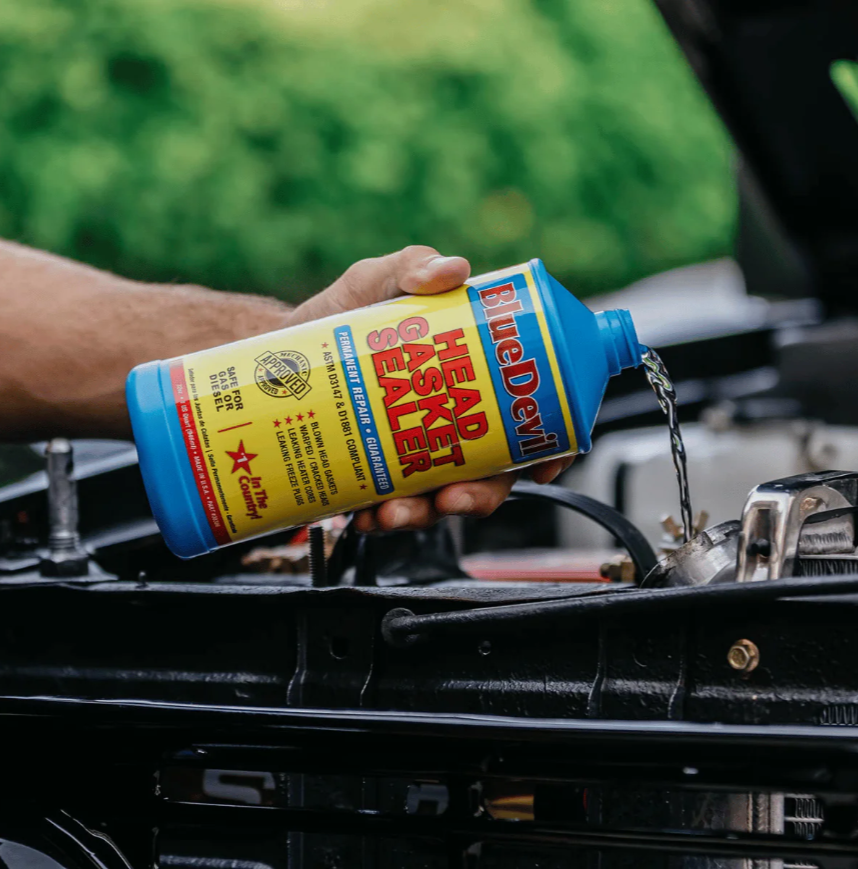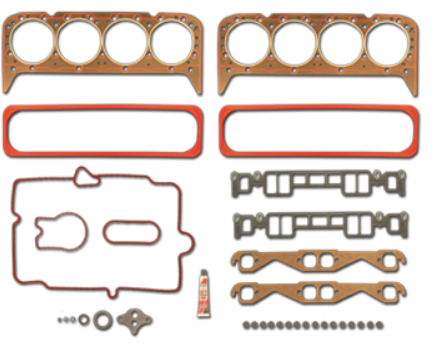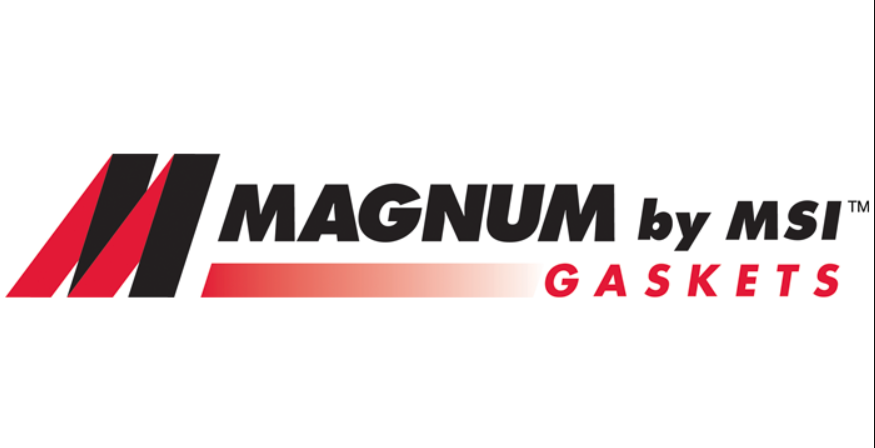Although an oil pan gasket leak might initially seem inconsequential, leaving it unresolved can result in significant engine trouble and high repair expenses. Spotting the signs of a failing oil pan gasket early on is essential for swift action and to minimize further damage. In this thorough overview, you’ll discover the key indicators to watch for, helping your vehicle remain in top working order.
Defining an Oil Pan Gasket
The oil pan gasket is a pivotal element of your engine, positioned where the oil pan meets the engine block. Its main role is to form a tight barrier that prevents oil leaks and shields it from outside pollutants. Generally crafted from materials like rubber, silicone, or cork, this gasket keeps oil properly contained, ensuring vital lubrication and maintaining the engine’s overall health.
Factors Leading to Oil Pan Gasket Leaks
Several issues can result in oil pan gasket leaks, including:
- Wear and Tear of Materials: Prolonged exposure to heat and constant pressure can cause the gasket material to deteriorate over time.
- Incorrect Installation: A gasket that is not installed correctly—whether due to misalignment or improper torque settings—can be damaged, causing it to leak sooner than expected.
Major Signs of an Oil Pan Gasket Leak
- Visible Oil Puddles Under the Vehicle
The most noticeable symptom of a leaking oil pan gasket is oil spots or puddles beneath your vehicle. Regularly checking your parking area can help spot leaks early on. - Consistently Low Oil Levels
If you find yourself frequently needing to add oil between changes, it might indicate a leak. Regularly topping up your oil could signal that oil is escaping through the gasket. - Oil Pressure Warning Light
An illuminated oil warning light on your dashboard may indicate low oil levels due to a leak. It’s essential to address this issue immediately rather than overlook the warning. - Burning Oil Smell
A burning oil odor, noticeable either inside or around your vehicle, could suggest that oil is leaking onto hot engine components. This symptom often accompanies visible leaks. - Smoke Emanating from the Engine Compartment
When leaking oil contacts hot engine surfaces, it can produce smoke. If you observe smoke rising from under the hood, it’s crucial to investigate for oil leaks promptly.
Diagnosing Oil Pan Gasket Leaks
- Visual Checks
Regular visual inspections beneath your vehicle, particularly after parking, can help identify any signs of fresh oil stains or drips near the oil pan. - Professional Assessment
Experienced mechanics often use specialized diagnostic tools or ultraviolet dye to accurately pinpoint the source of oil leaks.
Repairing an Oil Pan Gasket Leak
- DIY Replacement Steps
If you have some mechanical skills, you can replace the gasket yourself: - Drain the engine oil.
- Remove the oil pan and the old gasket.
- Clean both surfaces thoroughly.
- Install a new gasket, ensuring that the oil pan is properly secured.
- Refill the engine with new oil and check for leaks.
- Seeking Professional Help
If you’re not comfortable with self-repairs, a mechanic can effectively manage the task. Repair costs generally range from $150 to $500, varying by vehicle model, gasket type, and local labor rates.
Preventative Measures to Avoid Future Leaks
- Regular Maintenance
Routine vehicle maintenance can aid in identifying minor gasket issues before they turn into significant leaks. - Quality Gaskets and Sealants
Investing in high-quality gaskets and appropriate sealants can greatly reduce the likelihood of future leaks. Reputable brands include Fel-Pro, Victor Reinz, and Mahle Original.
Common Queries (FAQ)
- Is it safe to drive with an oil pan gasket leak?
While minor leaks may be manageable temporarily, ongoing leaks can risk engine health, potentially making it unsafe to drive. - How long can an oil pan gasket last?
Typically, an oil pan gasket lasts between 60,000 to 100,000 miles, contingent on the materials used and maintenance practices. - Should a gasket be replaced during every oil change?
No, replacement is only necessary when there’s clear evidence of damage or leakage.
Ultimately, staying alert to potential oil pan gasket leak indicators and addressing them in a timely manner is critical for preserving your vehicle’s reliability and performance. Through consistent maintenance, routine inspections, and the use of premium components, you can keep your engine running smoothly and avoid incurring substantial repair costs down the line.










